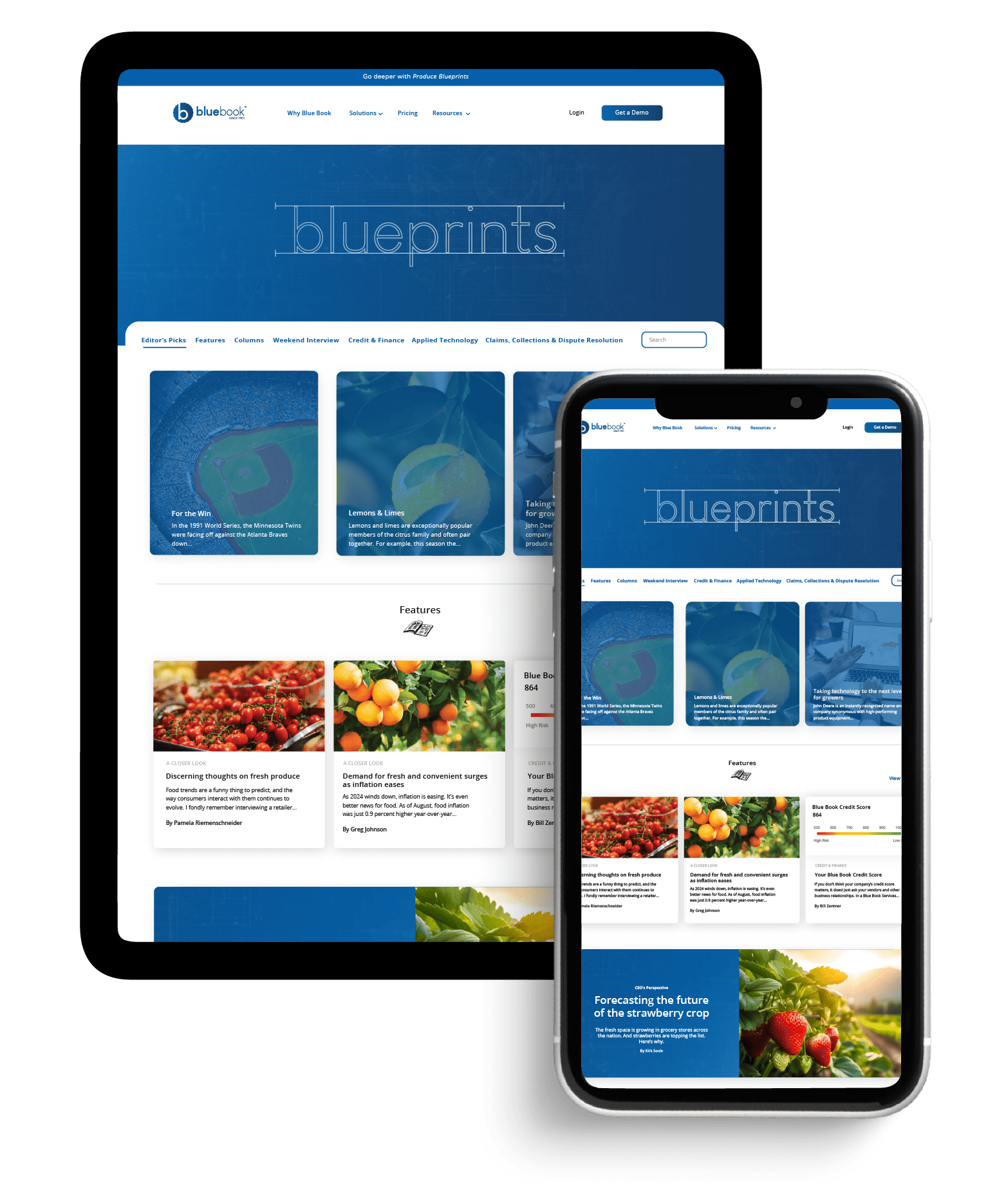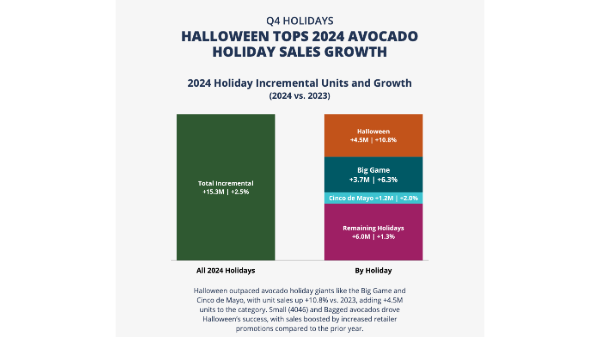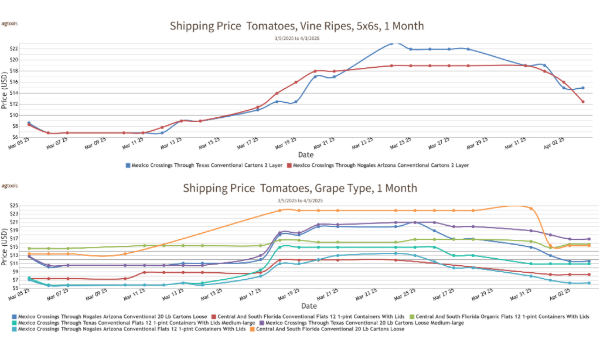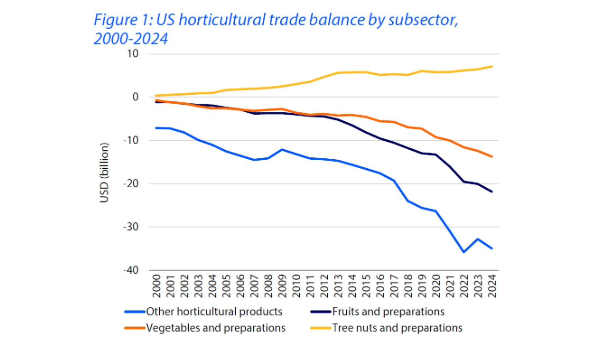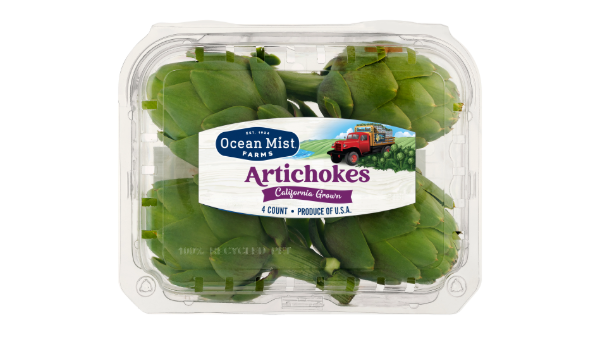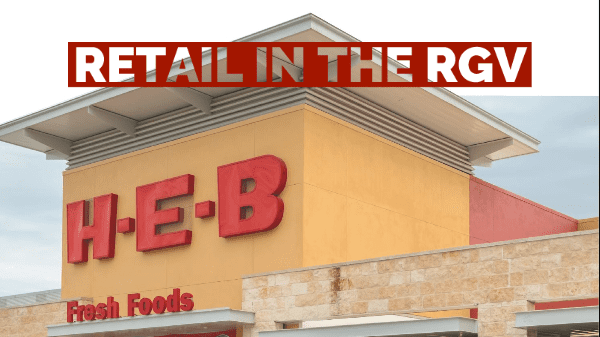
Unlike the major metropolitan centers in Texas, the Rio Grande Valley does not enjoy as much diversity.
Randy Berry, president of JB Produce, Inc., BB #:117870 a full-line distributor in Corpus Christi, concedes that there are few ethnic grocers and foodservice operations.
“There’s a Persian market and a Mediterranean deli in town, as well as some Chinese and Vietnamese markets. The ethnic foodservice companies have very competitive pricing,” he notes, but believes his company has more consistency in quality and shelf life.
The reality is that most of the population adjacent to the Southern border is Hispanic and with limited options when it comes to retail.
By contrast, in the Dallas/Ft. Worth suburb of Lewisville, Korean grocery store Zion Market opened last October with great fanfare in the Music City Mall, complete with a K-Pop festival that drew over 60,000 visitors over the weekend to the 150,000 square-foot store.
Whole Foods Market, headquartered in Austin and with seven stores in South Texas, has a sparse 1.5 percent market share. Meanwhile, H-E-B dominates with a nearly 60 percent share and next is Walmart with just under 27 percent.
Junior’s Supermarket, Lopez Grocery, El Rancho, and Feldman’s are all smaller stores that fill the void in neighborhoods where H-E-B and Walmart don’t have a presence. All stock plenty of Hispanic products, as the valley is about 90 percent Hispanic consumers.
Gary Huddleston, grocery industry consultant for the Texas Retailers Association, says, “In South Texas, [many purchases are made] with the Lone Star Card, which is administered through Texas Health and Human Services to help low-income customers access SNAP (Supplemental Nutrition Assistance Program) and WIC (Women, Infants and Children) benefits.
“Large or small, to be successful, food retailers must have both Lone Star and WIC eligibility,” he says. “Online purchases are a growing part of the retail grocery landscape, but Lone Star customers generally come into stores. Technology has not caught up. And most Lone Star customers are not with Amazon, so they can’t take advantage of that service.”
Joseph Bunting, produce director for The United Family of supermarkets, BB #:158433 Lubbock, TX, observes that consumers in major metropolitan areas are more likely to order online, and this is backed up by Walmart, H-E-B, Target, Costco, and Sam’s Club, which all provide home delivery in some of the more affluent communities of Harlan and Brownsville.
“We offer online ordering as does Walmart and most retailers,” Bunting says. “Interestingly, meat and produce are the top items people order. To ensure customer satisfaction, we have specialists that work with produce managers to select the best of each item for delivery and pickup.”
Although online shopping is changing the retail landscape throughout the state, it seems to be at a slightly slower pace in the Valley—though it does provide greater convenience, particularly for young families and millennials, which represent a large proportion of the region’s demographic.
One retailer is taking delivery a step further: H-E-B. In keeping with its stated goal, “However, you want to eat, we want to be able to feed you that way,” H-E-B acquired Favor, a delivery platform, to deliver nearly anything—whether it’s a meal from a favorite restaurant or cleaning supplies from Target, in an hour or less. It will be interesting to see how it works out.
This is multi-part feature adapted from the Rio Grande Valley Supplement in the January/February 2020 issue of Produce Blueprints.


